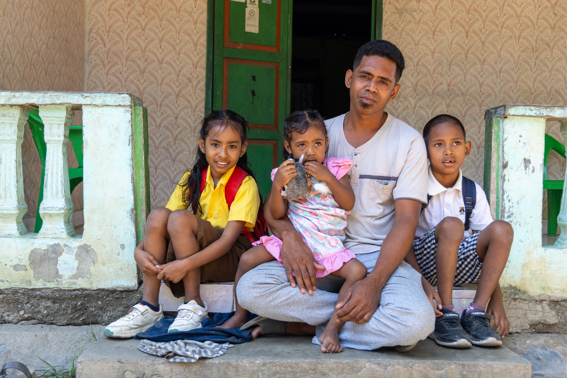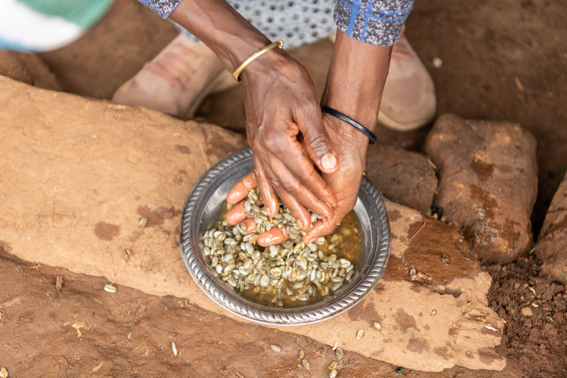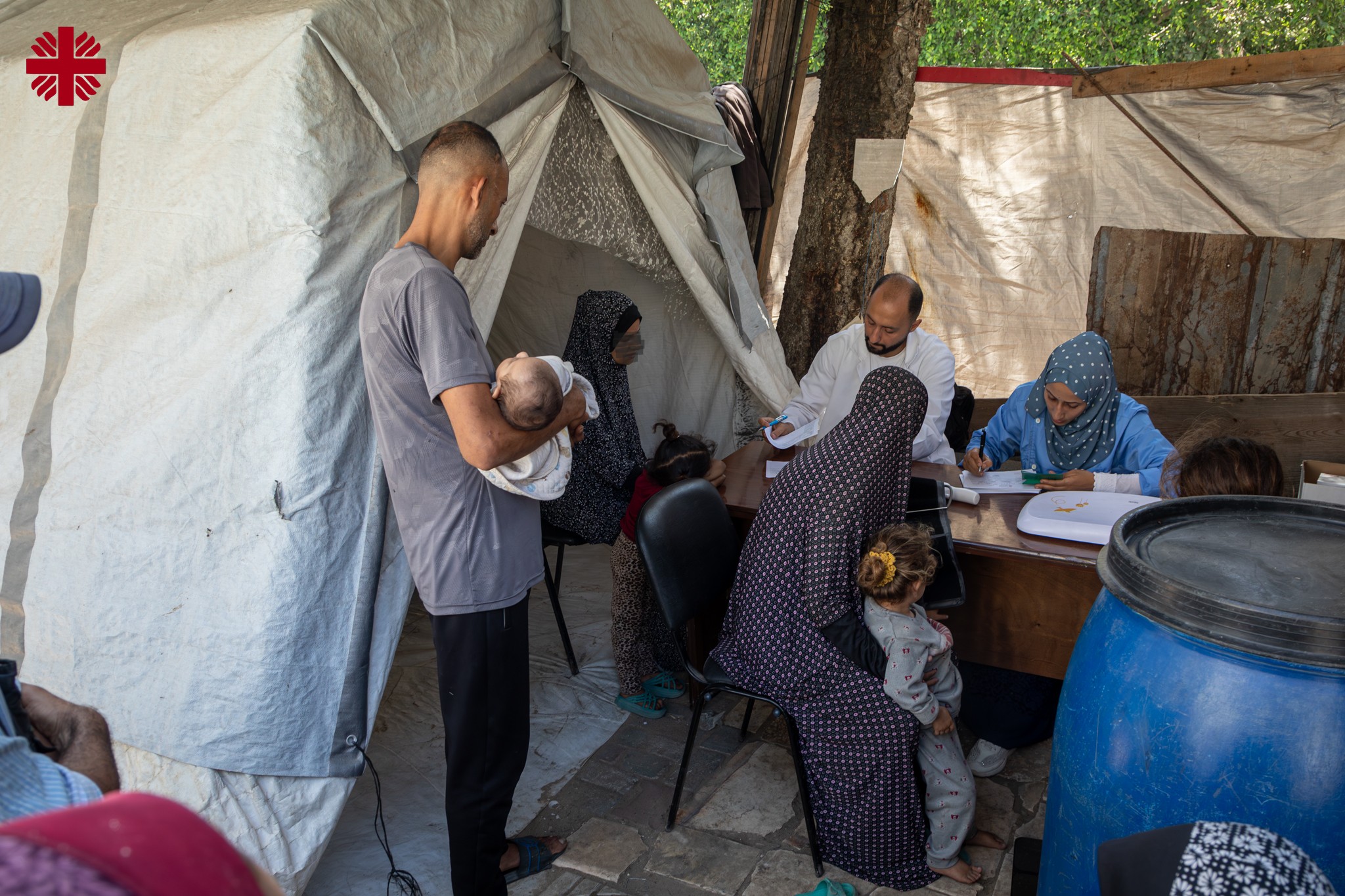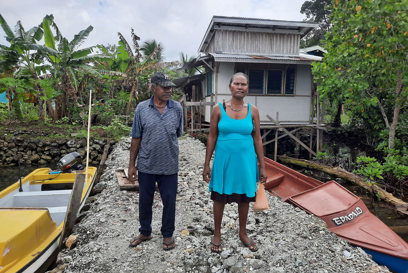The latest State of Food Security and Nutrition in the World 2025 report has revealed that rising food‑price inflation, climate shocks, conflict and economic instability are major threats to tackling world hunger.
The annual report, produced by five UN agencies, examines trends in efforts to achieve the Sustainable Development Goal of zero global hunger by 2030. As 2030 nears, the world is still significantly behind on achieving this Sustainable Development Goal.
Some progress in tackling world hunger, but alarming rise in Africa
According to the report, global hunger declined for the third straight year: 673 million people, or 8.2 % of the global population, experienced hunger in 2024, down from 8.5 % in 2023 and 8.7 % in 2022. These are mostly driven by improvements in South America and Southern Asia.
However, the improvement is fragile and uneven. Africa remains highly vulnerable, with over 307 million people chronically undernourished - more than one in five - and rising levels of hunger and malnourishment. Under the current projection, Africa is projected to account for nearly 60% of the world's hungry people by 2030.
Another concern indicator is the number of Africans unable to afford a healthy diet. While the global figure fell from 2.76 billion in 2019 to 2.6 billion in 2024, the number increased in Africa from 864 million to just over 1 billion during the same period.

Chiquito a father from Timor-Leste who struggled to feed his family amid drought. Photo: Tim Lam/Caritas Australia
Globally, more than 2.3 billion people experienced moderate or severe food insecurity in 2024

Priscilla inspects her drought affected fields of millet next to her home in Hwange district, north western Zimbabwe. Photo: Richard Wainwright/Caritas Australia
Food insecurity still more prevalent among adult women than men in every region of the world.

According to projections, 512 million people in the world may be chronically undernourished in 2030.
Climate change and conflict driving food insecurity
Climate shocks and ongoing conflicts have accelerated food‑price spikes globally. The report shows a direct link between extreme weather and sharp price surges in staples like cocoa, coffee, rice, vegetables, and cereal grains.
This phenomenon – sometimes termed “climateflation” or “agflation” – threatens food‑secure livelihoods, especially in low‑income countries where food makes up a large share of household spending.
Conflict compounds these pressures, especially in “hotspots of highest concern” such as Sudan (where famine persists in parts of Darfur), Gaza (which is experiencing famine-like conditions), South Sudan, Haiti, Mali and others. Chad, Lebanon, Myanmar, Mozambique, Nigeria, Syria and Yemen were also classified as “hotspots of very high concern,” where large numbers of people faced or were projected to face critical levels of acute food insecurity.
In 2024, over 295 million people across 53 countries faced crisis‑level or worse acute food insecurity – a 5 % increase over 2023.
Caritas Australia’s partners respond to food crisis
Caritas Australia is working with local partners on-the-ground in Gaza, Sudan, Democratic Republic of Congo and across the Horn of Africa to deliver emergency assistance to families most in need.
With your help, we are working with our partners to bring vital aid to vulnerable families across through:
Food distributions to households at risk of malnutrition
Clean drinking water and support for sanitation
Emergency cash transfers to households
Environmentally sustainable and drought-resistant farming training
Your support to the Africa Conflict, Displacement and Hunger Crisis appeal can help communities most in need. Your generous donation today means our partners across Africa can respond quickly and efficiently to support vulnerable communities during this crisis.

















